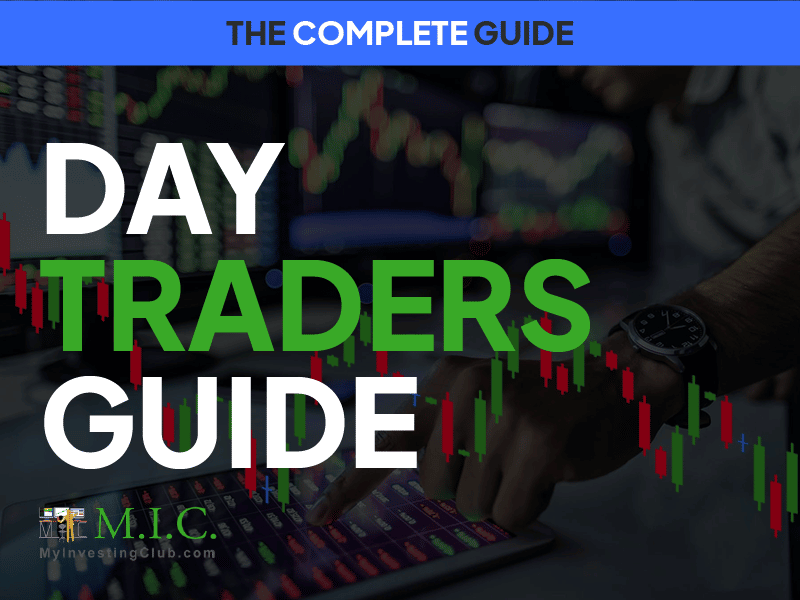A stop loss order, or “hard stop” as we call it here at MIC, is placed with a broker to buy or sell a security when it reaches a specific price. Stop loss orders are designed to limit investors’ losses on security positions.
For example, let’s say you own stock in Company XYZ, which you purchased for $50 per share. However, you’re concerned that the stock might drop in value, so you place a hard stop with your broker at $45 per share. If the stock falls to $45 per share, your broker will automatically sell the shares, limiting your loss on the position to 10%.
Stop loss orders can also be used to protect profits. For example, Company XYZ’s stock rises to $60 per share, and you want to protect your profits. You could place a hard stop at $58 per share. Suppose the stock price falls to $58 per share. In that case, your broker will automatically sell the shares, ensuring that you lock in an 8% profit on the position.
Stop loss orders are not foolproof, however. A security’s price can fall below your stop loss price in fast-moving markets without being traded. This is known as slippage, which often occurs during periods of high volume or volatility. As a result, hard stops may not always limit an investor’s losses to the desired amount.
Why Use a Stop Loss Order?
There are two main reasons why investors use stop loss orders:
1) To limit their potential losses on a security
2) To protect their profits
When Should You Use a Stop Loss Order?
One common misconception is that stop loss orders should be used on every trade. However, this isn’t necessarily true. While stop losses can help limit your losses but also prevent you from making money. Suppose a security’s price rebounds quickly after falling below your stop loss price. In that case, your loss is limited but so are your profits.
As a result, whether or not to use a stop loss order is a matter of personal preference and risk tolerance. Some investors are comfortable with incurring small losses in hopes of letting their winners run. Others prefer the peace of mind that comes with knowing their downside is limited by using stop loss orders.
There are no right or wrong answers when using hard stops; it ultimately depends on what makes sense for your individual trading style and goals.
Stop loss orders can be handy tools for day traders looking to limit their potential losses on trades. However, it’s important to remember that they’re not foolproof, and there’s no guarantee that they’ll always limit losses to the desired amount. Whether or not to use stop loss orders is primarily a matter of personal preference and risk tolerance.

